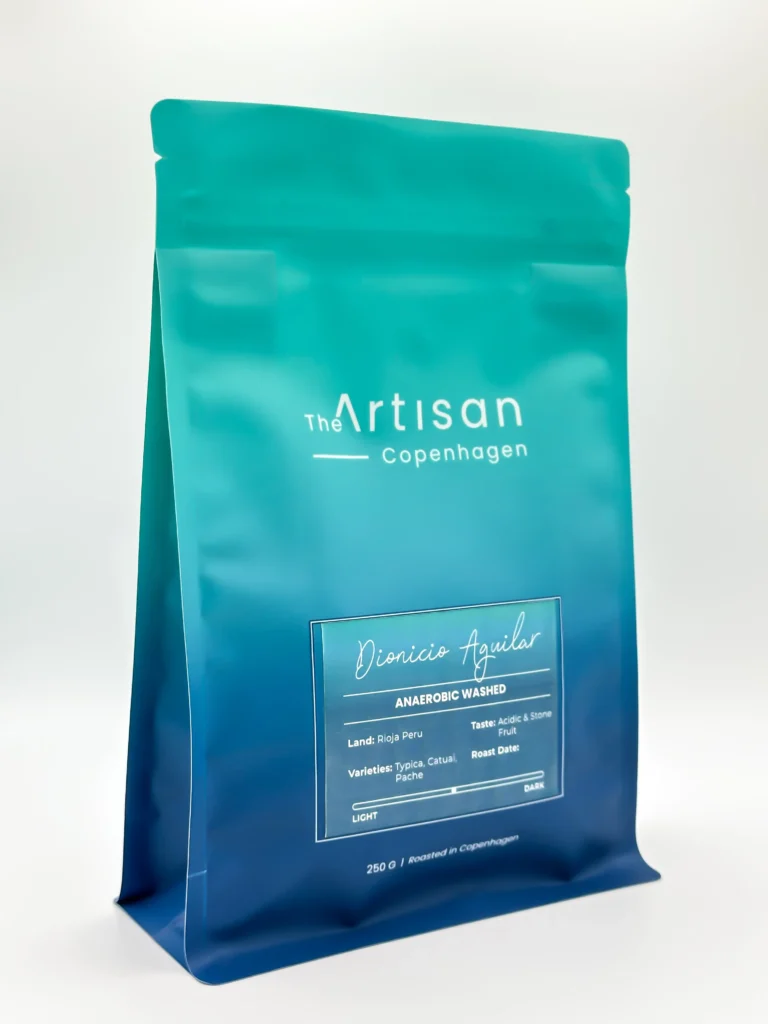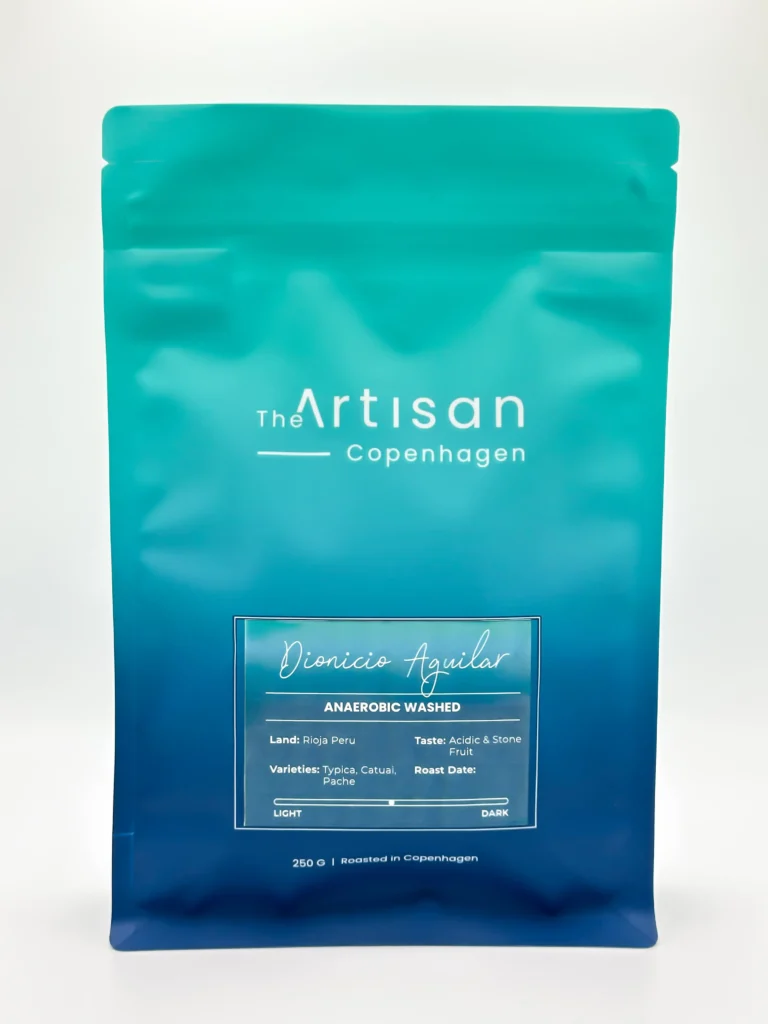The Artisan's Ultimate Espresso Brew Guide: Master the Perfect Espresso Recipe
From the heart of Copenhagen's best-rated coffee shop, The Artisan brings you a definitive guide to brewing world-class espresso at home. Harness the knowledge of top baristas and elevate your coffee craft.
Define: The best espresso
Beyond a simple strong coffee, a truly exceptional espresso is a symphony of flavor, aroma, and texture. It's characterized by its golden-brown crema, intense aromatic profile, balanced acidity, rich body, and lingering finish. We'll demystify the science and art behind achieving this perfection.
At The Artisan, we understand that every variable, from bean origin to water temperature, plays a crucial role. This guide focuses on actionable insights for consistent excellence.
Essential equipment
Investing in the right tools is the first step toward brewing professional-grade espresso. We cut through the noise to recommend what truly matters.
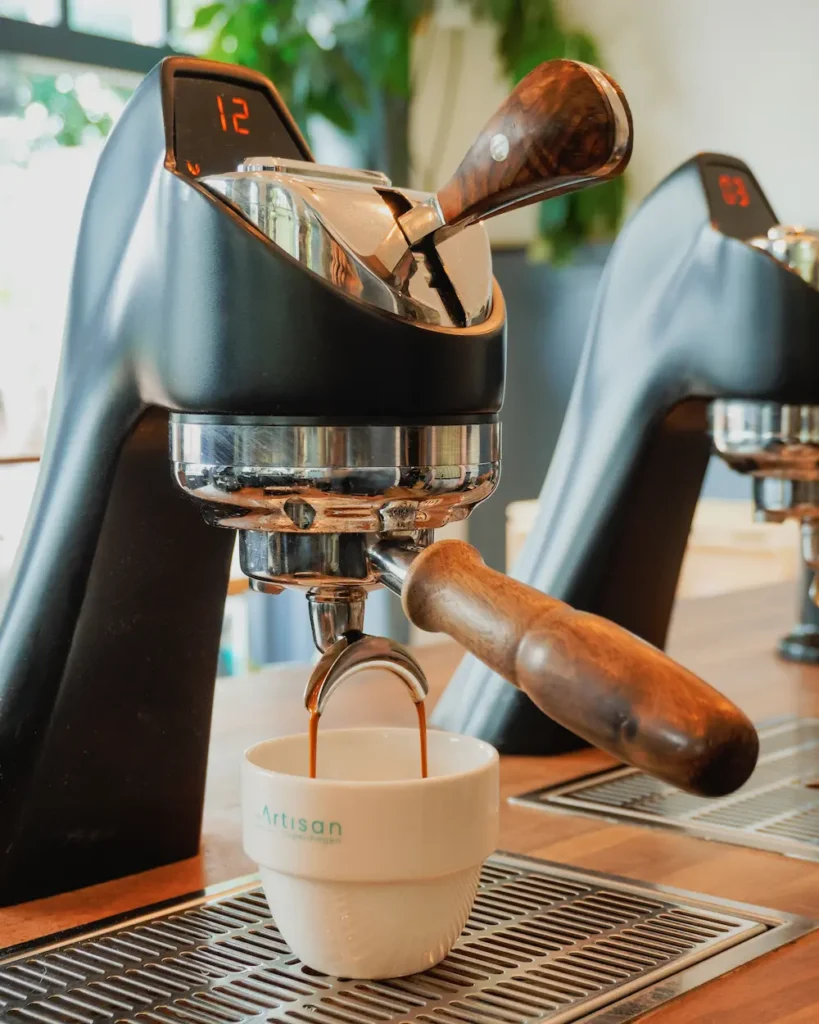
The Artisan
Espresso recipe
We’ve created a detailed step-by-step guide to our preferred espresso recipe for the beans from our roastery.
Precision dosing & preparation
Begin with our fresh, high-quality coffee beans. Weigh your dose meticulously (we recommend 22g) using a digital scale. Preheat your portafilter and cup to maintain temperature stability. Flush your group head to clean and stabilize temperature.
Grinding & distribution
Grind your coffee immediately before brewing to a fine consistency that will produce a shot in about 35 seconds. Distribute the grounds evenly within the portafilter using a WDT tool or gentle tapping. This prevents channeling and promotes even extraction.
Tamping & puck press
Tamp the coffee with firm, consistent, and level pressure (around 30 lbs/13.6 kg). Ensure the coffee bed is perfectly flat. A clean, uniform puck is critical for water to flow through evenly, extracting maximum flavor without bitterness or sourness.
Extraction & output control
Lock the portafilter into the group head and immediately initiate the brew. Aim for an extraction time of 25-30 seconds, yielding an output of 36-40g for an 18-20g dose (a 1:2 ratio). Observe the stream's color and consistency. It should start dark, lighten, and eventually become a tiger-striped, viscous flow. Taste, evaluate, and adjust your grind for the next shot.
Our recommended dark roasted coffee beans
DA Washed from Dionicio Aguilar was the first coffee we ever imported to Denmark. We chose it specifically for its vibrant grapefruit acidity, which shines through even in a deep dark roast, where rich notes of dates really come forward.
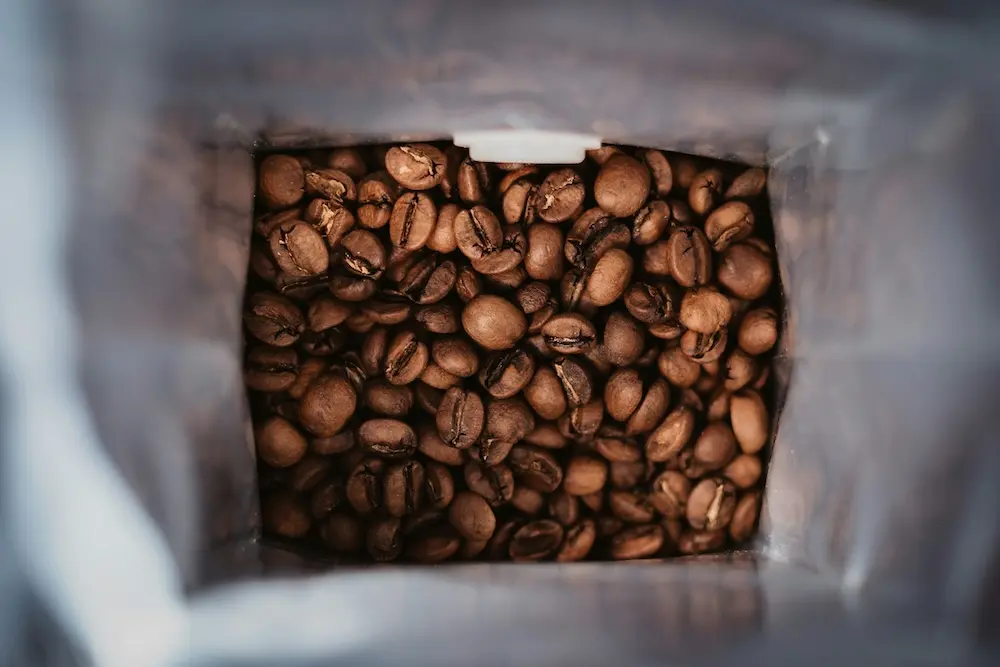
Dark roasted peruvian coffee beans
Dionicio from Peru has created a truly fantastic blend of his Caturra, Catuai, and Pache coffee varieties. In our dark roast, it produces a uniquely distinctive espresso that beautifully merges the classic Italian style with modern Scandinavian espresso. The result is a smooth espresso with citrus notes – without too much acidity.

Espresso recipe
Advanced espresso techniques
Once you've mastered the fundamentals, these concepts will help you push the boundaries of your espresso craft.
Decoding Extraction: Ratios, Yield, and Beyond
Explore the intricate relationship between dose, yield, and time. Learn how adjusting brew ratios (e.g., ristretto 1:1, normal 1:2, lungo 1:3) can dramatically alter the flavor profile and texture of your espresso. We'll cover how to taste for under-extraction (sour, weak) and over-extraction (bitter, astringent) and how to make precise adjustments.
The Unseen Ingredient: Water Quality
Water constitutes over 90% of your espresso. Understand how mineral content, pH, and dissolved solids profoundly affect taste and machine longevity. Recommendations for optimal water profiles for espresso.
Troubleshooting Common Espresso Challenges: Diagnosis & Solutions
Every barista faces hurdles. Here's how to diagnose and effectively resolve the most common espresso problems, turning frustration into flawless shots.
Sour or Under-Extracted Espresso?
- Symptom: Thin body, overly bright/acidic, quick extraction time.
- Diagnosis: Insufficient extraction.
- Solutions:
- Grind finer
- Increase dose
- Increase brew temperature
- Extend shot time
Bitter or Over-Extracted Espresso?
- Symptom: Harsh, burnt, astringent taste, long extraction time.
- Diagnosis: Too much extraction.
- Solutions:
- Grind coarser
- Decrease dose
- Decrease brew temperature
- Reduce shot time
Uneven Extraction or Channeling?
- Symptom: Jet streams or pale spots in the portafilter, thin crema, hollow taste.
- Diagnosis: Poor puck preparation or distribution.
- Solutions:
- Improve WDT
- Ensure level tamp
- Check for uniform grind
Frequently Asked Questions: Your Espresso Queries Answered by The Artisan
We've compiled answers to the questions we hear most often from our customers and fellow coffee enthusiasts.
How fresh should my coffee beans be for espresso
Ideally, use beans roasted 7 to 14 days prior to brewing. Freshness peaks around this window, allowing for optimal CO2 release and consistent extraction.
What is the ideal brew temperature for espresso
Generally between 90 to 96°C (195 to 205°F). Lighter roasts often benefit from higher temperatures, while darker roasts prefer slightly lower.
How often should I clean my espresso machine
A quick purge and wipe daily. Backflush with water daily, and with a cleaning agent weekly. Descale every 1 to 3 months depending on water hardness and usage.
Can I use pre-ground coffee for espresso
While technically possible, it is strongly discouraged. Pre-ground coffee loses freshness and aromatic compounds rapidly, and its inconsistent grind size makes quality espresso nearly impossible. Invest in a good grinder.

